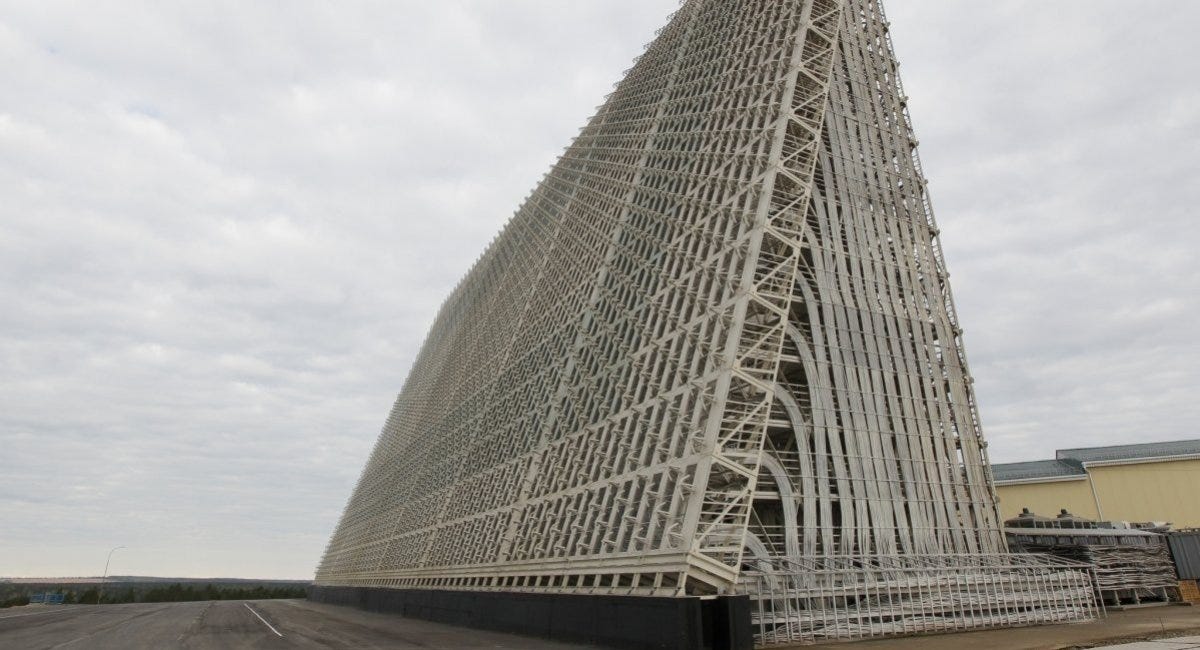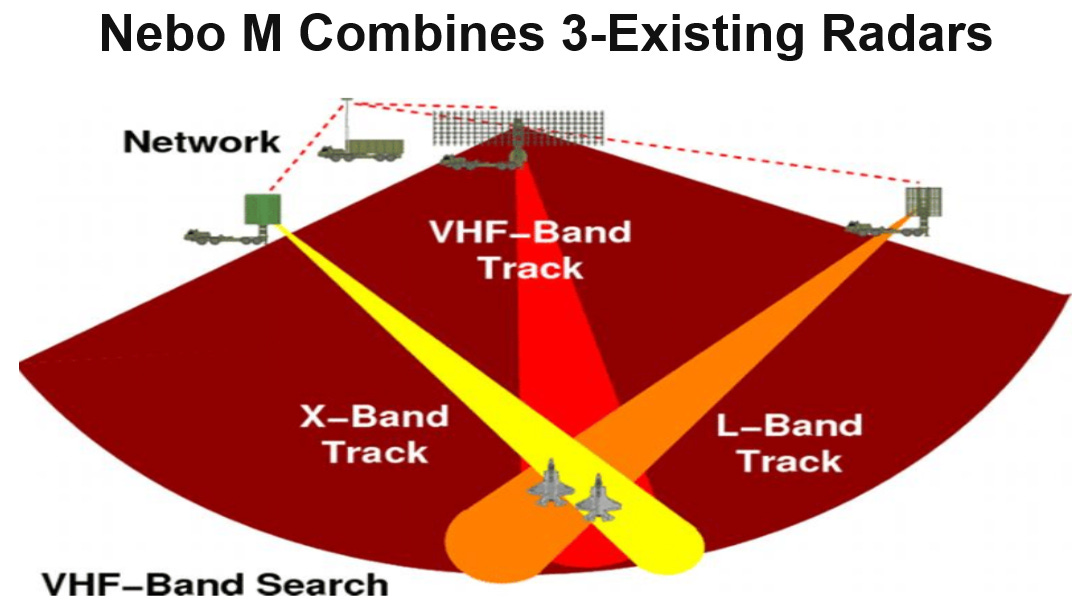President Biden just prior to his disastrous June 27th campaign-ending debate with former President Trump, took the United States to the brink of nuclear war with Russia by arming and approving Ukraine to attack and damage one of only twoRussian over-the-horizon strategic anti-ballistic missile early warning systems 1,100 miles away.
The Ukrainian attack on Voronezh-M OTH nuclear warning station 1,800 km away in the village of Gorkovskoye, near Orsk in the Orenburg region of Russia, is believed to have taken place on the 23rd of May.
The Biden Administration’s relentless support for Ukraine ramping up strikes on Russian military facilities hundreds of miles caused President Putin to order Russian military to beginconducting nuclear war drills on May 6th.
Some military analysts commented that the Orsk strike destroyed about 20% of Russia’s ability to track the progress of incoming ICBM missiles. But in a nuclear war both sides would quickly wipe out each other’s satellites, leaving Voronezh-M as the only surviving terrestrial capability to track the launch and progress of foreign ICBMs.
Russia in January 2008, terminated an agreement to receivewestern and southern facing data from its former Soviet Union strategic anti-ballistic missile early warning system sites across Ukraine.
The Russian military went operational in 20116 with its first southern facing Voronezh-M radar station at Orsk on the northern border of Kazakhstan. The installation kicked-off afull-scale modernization of the Russia's early strategicintercontinental warning system that was completed in 2020.
The Voronezh series system is deemed revolutionary because it slashed power consumption from 50 megawatts for its Soviet-era Daryl predecessor, to between 0.7 MW and 10 MW. The energy savings coupled with the need for a less cumbersome distilled water cooling system, meant new Russian radar station annual operating costs dropped from between $130-$261 millionfor prior installation, to about $19.6 million.
The Voronezh-class radar can cover vast areas by combining three signal variants, including the HF (150MHz-200MHz), VHF (430MHz-440MHz), and EHF (up to 3 gigahertz). As a result, the system can simultaneously track up to 500 stealth aircraft, satellites and ballistic missiles at ranges up to 400 miles,and at heights up to 250 miles.
Voronezh radar stations can also be rapidly assembled on a concrete slab about the size of a soccer field because the electronics, 10-story vertical mast, and garrison buildings are factory-built and easily-assembled modules.
The Voronezh-series system is back in the news, after the London Guardian reported that Russia was in the final stages of completing an initial $4 billion deal with the Indian defense industry to license the radar technology to track Chinese and potentially Pakistani aircraft, missiles and satellites activitydown to the size of a soccer ball.
Due to Western sanctions on Russia technology exports, the deal would involve about 60% localization of production and installation by about 200 Indian defense contractors.





